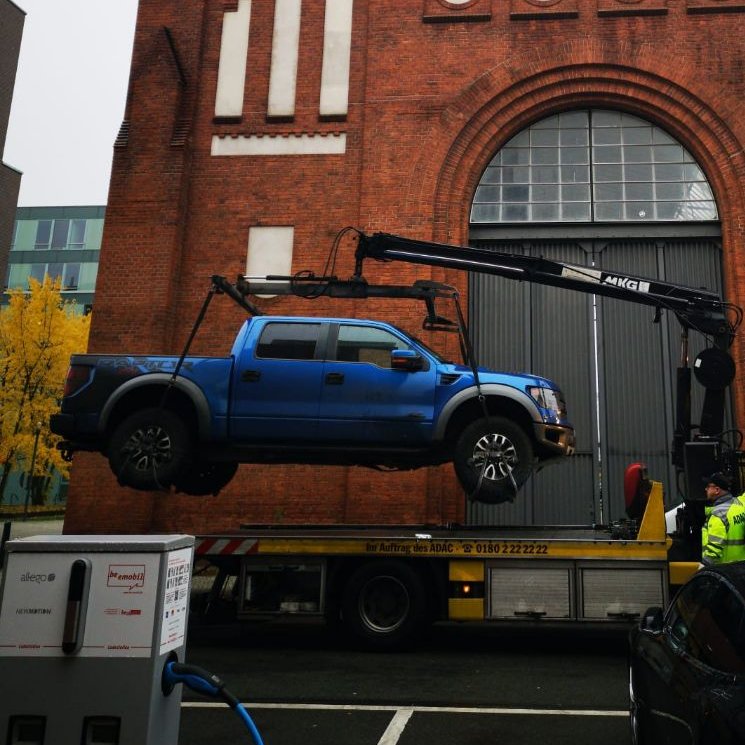Further to the talk on Tesla options and short interest earlier, I thought I'd add a comment on how this can drive the high volatility in Tesla stock price.
Due to the very high option open interest and very high short interest in Tesla, stock prices moves can be very self fulfilling.
For example, the high open interest in call options will be mostly delta hedged by market makers – requiring them to buy stock to hedge the call options they’ve sold. But as the stock goes up and more call options get closer to the money, delta increases and market makers have to buy more shares to maintain the hedge on their options – and these purchases act to drive the price up further.
At the same time, the higher share prices increase the $ size of the Tesla short position – therefore they need to invest more capital to maintain the same number of shares short. Many will not choose or be able to do this, so they will reduce the number of shares they are short to keep the same $ size of the position. To do this they need to buy Tesla shares – and these purchases act to drive the price up further.
Also, if a market maker has sold puts, these will be mostly delta hedged by shorting stock. But when the stock goes up delta on the put options reduces and market makers can reduce the size of the hedge - to do this they reduce the size of their short stock position and buy shares – and these purchases act to drive the price up further.
A higher share price can also attract new investors who now have more confidence in Tesla’s future - leading to share purchases which will drive the price up further.
Higher share prices also increase staff compensation and can increase staff incentives, moral and productivity – leading to better results – which in the long run will lead to a higher share price. It can also give customers more confidence in the company’s future and make them more likely to buy the car – leading to better results – which again leads to a higher share price. A higher share price also makes it easier to raise more capital with lower dilution.
Of course, this can also all work in reverse when the share price is going down. Which is why Tesla’s enemies have been so intent on producing FUD and employing the confidence crisis short and distort strategy to damage the company.
The feedback loop between market prices and company fundamentals is called Reflexivity by the way.
Similar self fulfilling feedback loops act with Wright's Law/Moore's Law/Experience curves. Wright's Law works because companies believe it is going to work so they invest in the growth that is needed to drive the mechanisms that lead to the learning rates. This increased cumulative production volume leads to lower production costs which leads to lower prices which creates the higher demand the volume was built for which leads to investment in further growth etc.
Very interesting and helpful. Thank you.
My thinking recently has been that the professional shorts are, for the moment, staging a fighting retreat — slowly trying to extricate themselves but resorting to some shorting to slow the rise when necessary. The ~32 million shares short at 10/31 was consistent with my expectations whereas Ihor’s weird tweet at one point about ~25 million shares short seems a joke.
These shorts are, I think, trying to get to a position they can defend until Tesla’s Q4 progress becomes clearer. For example, they will try to take any new wind out of the sails from the pickup reveal, but won’t be as willing to push down hard — except in the unlikely event of an actual fail in the revealed Cybertruck (not meaning the wailing and weeping we can expect from the press).
Predicting their strategy towards the end of the year through the next quarterly report and 10Q is a bit trickier. The obvious way they might go is to take advantage of the short holiday weeks for their traditional slam.
However, that will be dicey this time given probable delivery volume and especially if China volume is really solid. Of course, everyone will be looking at the size of the profit and it’s affect on the clock for S&P 500 inclusion.
A lot will depend on where they can and do hold the line as we approach the end of the year.
If they can keep the SP below, say, $400, I’m not sure they’ll be able to bounce things down in the holidays and beginning of next year.
On the other hand, if the SP is above $400 especially well above that level, then
maybe they could create significant downdrafts around the end of the year. Of course, by then they will have taken further, significant losses and lost even more ‘dutiful’ followers.
Either way, they’ll be taking some more of their medicine.
Just wool gathering here, not advice. As for myself, I will continue to hold.




